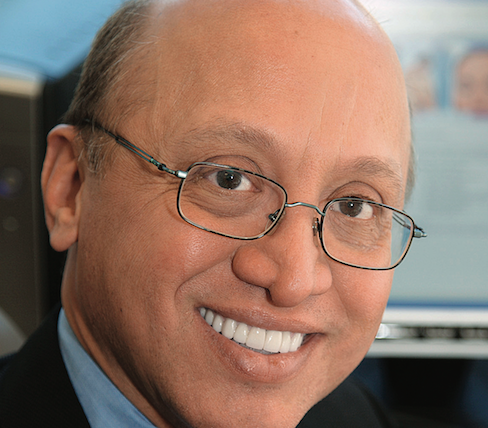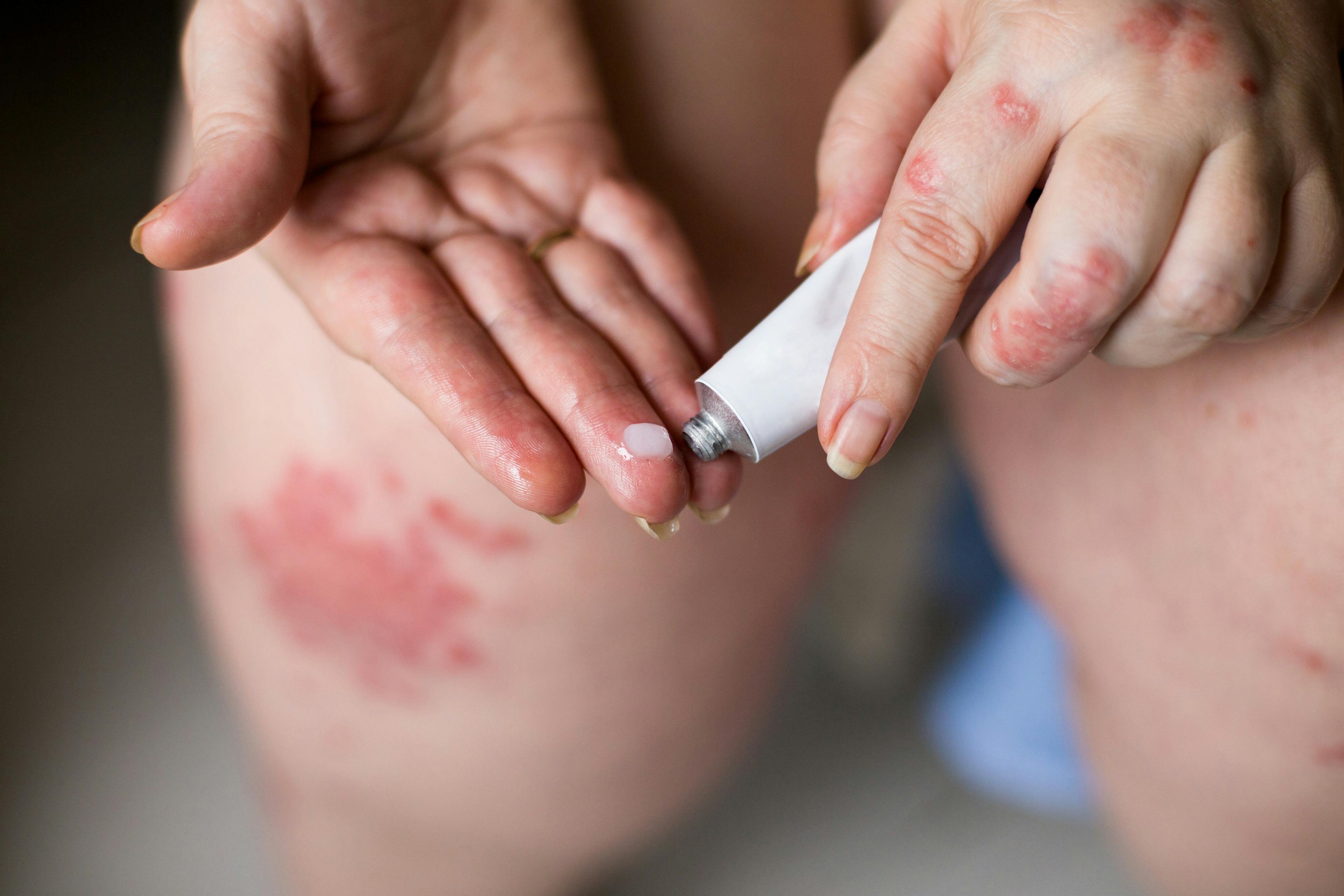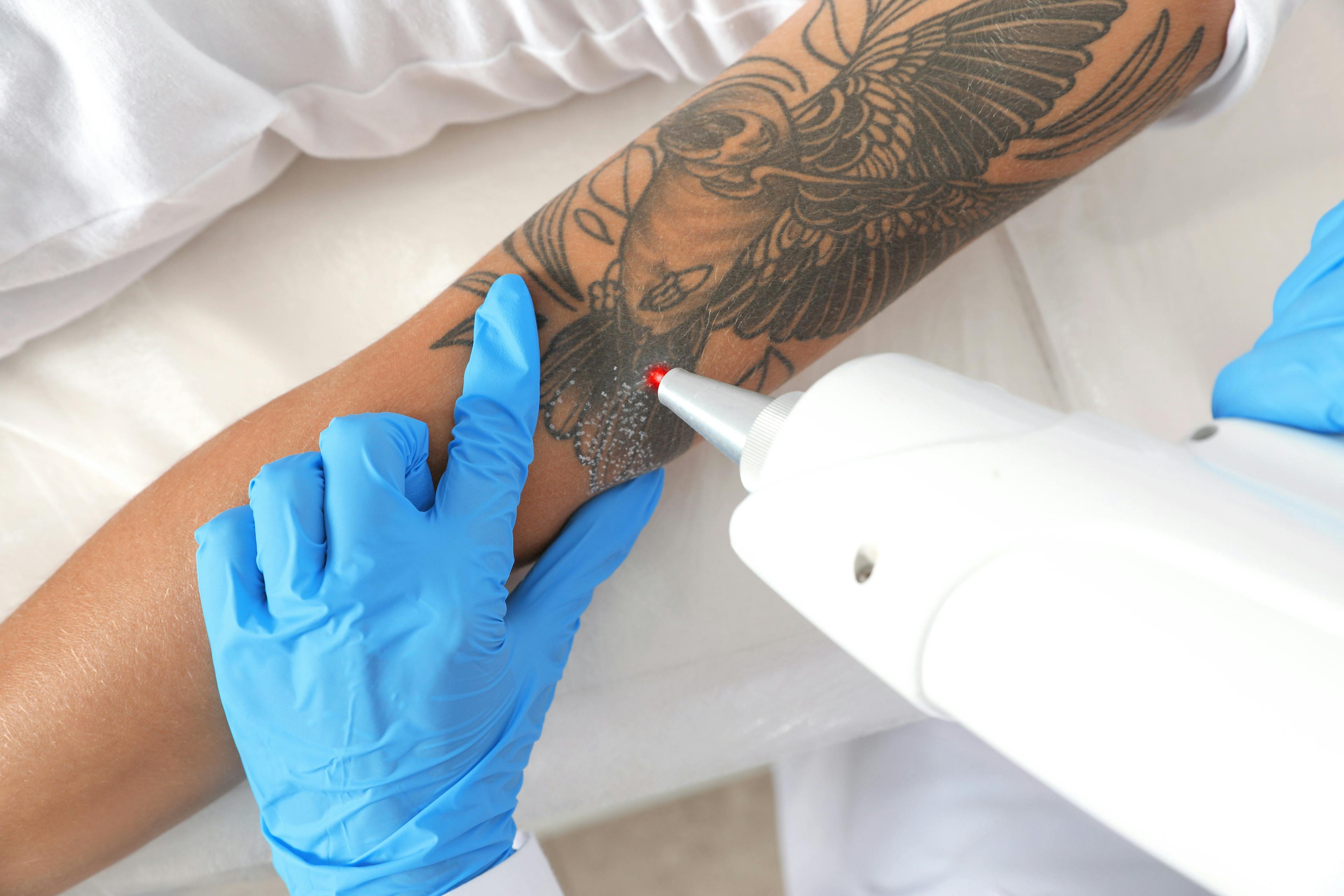- Acne
- Actinic Keratosis
- Aesthetics
- Alopecia
- Atopic Dermatitis
- Buy-and-Bill
- COVID-19
- Case-Based Roundtable
- Chronic Hand Eczema
- Chronic Spontaneous Urticaria
- Drug Watch
- Eczema
- General Dermatology
- Hidradenitis Suppurativa
- Melasma
- NP and PA
- Pediatric Dermatology
- Pigmentary Disorders
- Practice Management
- Precision Medicine and Biologics
- Prurigo Nodularis
- Psoriasis
- Psoriatic Arthritis
- Rare Disease
- Rosacea
- Skin Cancer
- Vitiligo
- Wound Care
Publication
Article
Dermatology Times
Sebaceous gland destruction a viable strategy to treat acne
Author(s):
Speaking about device-based acne treatments at Maui Derm for Dermatologists 2020 meeting, Fernanda Sakamoto, Ph.D., M.D., discussed PDT and other approaches for targeting the sebaceous gland.

High-dose red light photodynamic therapy (PDT) offers highly effective and durable treatment for acne by selectively destroying the sebaceous gland. However, a search for alternative light-based strategies has continued because high-dose PDT causes significant side effects.
RELATED: Dr. Baldwin discusses pipeline treatments that are showing promise for acne patients
Speaking about device-based acne treatments at Maui Derm for Dermatologists 2020 meeting, Fernanda Sakamoto, Ph.D., M.D., discussed PDT and other approaches for targeting the sebaceous gland.
Pros and cons of high-dose PDT
Discussing high-dose PDT, Dr. Sakamoto says that when the treatment is performed using 20% aminolevulinic acid (ALA) with a three-hour incubation period followed by high fluence red light exposure, PDT is one of the most efficacious treatments available for acne. Severe acne can be cleared in 80% to 90% of patients, and significant acne improvement can persist for longer than six months.
“In fact, in my clinical practice, acne remission following high-dose PDT can last longer than after isotretinoin treatment. In addition, results of a recently published trial comparing ALA 20% with red light PDT versus adapalene gel 0.1% plus oral doxycycline for patients with moderate inflammatory acne showed that the PDT approach was more effective than what we usually do,” says Dr. Sakamoto, assistant professor of dermatology, Harvard Medical School, Boston, Mass.
Nevertheless, high-dose PDT is not widely used because of its side effects that can be very difficult for patients to tolerate. The procedure causes significant pain during treatment, a sunburn-like reaction, and intense blistering and oozing.
“Some clinicians also report difficulty with billing. Therefore, economics may be another factor in the underutilization of PDT for acne,” Dr, Sakamoto says.
Laser treatments
Historically, there is no evidence that lasers are more effective for treating acne than conventional therapies. Dr. Sakamoto proposes that failure to target the correct chromophore limited the potential for achieving better results with laser therapy.
RELATED: Dr. Gold offers more insight on energy-based devices for acne
“Because acne is an inflammatory disease of the pilosebaceous unit, optimization of selective photothermolysis could be achieved by targeting lipids in the sebaceous glands rather than water, melanin and blood that are the targets of lasers that have been tried to treat acne,” she says.
To develop selective photothermolysis using non-selective wavelengths as a treatment for acne, Dr. Sakamoto, R Rox Anderson, M.D., and colleagues at the Wellman Center for Photomedicine, Massachusetts General Hospital, Boston, Mass., implemented the use of micro gold shells that can penetrate the sebaceous gland and serve as a laser light-absorbing chromophore. The shells have a silica core that is covered in gold. Changing the thickness of the gold layer on the shells allows wavelength tuning, Dr. Sakamoto explains.
Initial work using the micro gold shells for acne treatment was done with a near infrared 810-nm hair removal laser. A 1064-nm laser offers deeper penetration and has the additional advantage of not being absorbed by melanin.
Sebacia has received FDA 510(k) clearance for the use of its gold microparticles (Sebacia) as an accessory to 1064 nm lasers to facilitate photothermal heating of sebaceous glands for the treatment of mild-to-moderate inflammatory acne. The company plans to limit initial commercial availability to California and Washington, DC. Clinical trial results showed that inflammatory lesion count was reduced by a mean of 85% from baseline. In addition, 56% of patients became medication-free after the treatment and 86% were able to avoid use of systemic medications, Dr. Sakamoto reports.
Another strategy is focusing on the development of a laser that will directly target sebum. Using the free electron laser at the Jefferson National Accelerator in Newport News, Va., Dr. Sakamoto in collaboration with Dr. Anderson determined that sebum had an absorption peak at around 1720-nm. They also found using that wavelength that laser-induced heating of sebaceous glands was approximately 1.5-fold higher than heating of water.
Dr. Sakamoto says further work and advances in fiber laser technology led to the development of a user-friendly 1726-nm laser that is now being investigated in a clinical trial.
RELATED: Adjunct therapies may support fractional CO2 for acne scarring
The treatment is performed using a multiple dose strategy that aims to preferentially heat and destroy the sebaceous glands without causing damage to the epidermis and dermis. Preliminary data from the clinical trial are promising.
“We have been asked what happens when sebaceous gland activity is turned off. We know that babies have non-active sebaceous glands, and so the answer to that question is that you end up with baby-like skin,” Dr. Sakamoto says. “Destroying the sebaceous glands as a treatment for acne may be a good idea.”
Disclosures:
Dr. Sakamoto is a consultant to Sebacia and to Acure Laser. Both companies have licensed patents from Dr. Sakamoto’s employer, Massachusetts General Hospital, Boston, Mass.

Newsletter
Like what you’re reading? Subscribe to Dermatology Times for weekly updates on therapies, innovations, and real-world practice tips.



























